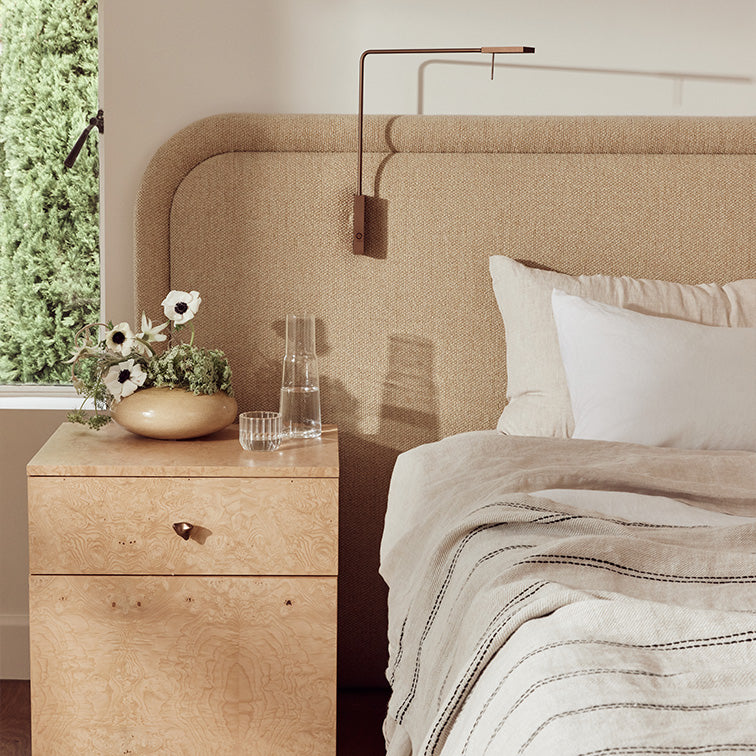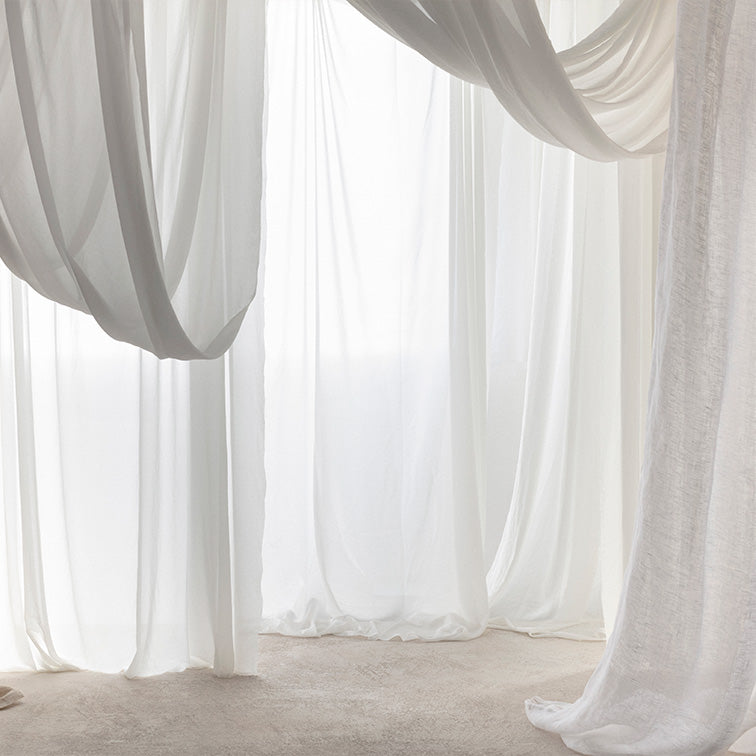Linen FAQsUpdated 4 years ago
Why choose linen?
Read about the unique benefits of pure linen bedding here.
What is the thread count of linen?
Linen weight and quality is not measured in thread count but rather by “GSM”, short for grams per square meter - literally the weight of the fabric. Our linen is woven at 165GSM which we believe is the optimum weight to achieve both a long lifespan and the immediate softness of your linen bedding (in times gone by, linen bedding was made from much heavier weight fabric, so it took years to achieve softness and the lightness we expect in bedding today).
Where is CULTIVER linen made?
You can read about where our linen is made, as well as how we manufacture our textiles here.
Are your products certified?
When sourcing new production partners, whether they are OEKO-TEX® certified plays a substantial role. This certification means the manufacturer, and the products they produce, have been tested against a stringent global standard. This standard ensures there are no traces of over 100 substances commonly used during the production process which have been found to be harmful to human health. We’re proud to say, all of our production partners are OEKO-TEX® certified.
How long should my linen last?
When cared for correctly, linen bedding will last many years, however it is important to note that we have designed our range to ensure that our linen is soft from your very first sleep, which puts it later in its life cycle than a much heavier linen GSM. Without this process, linen can feel ‘rough’ or ‘coarse’ to sleep in. Keep in mind that even though linen as a fabric is quite durable, it is not exempt from wear and tear from constant use and incorrect care.
Due to the strain they come under, fitted sheets can show signs of wear earlier than on other products such as duvet covers and flat sheets. As CULTIVER linen at 165GSM is thicker than most, this is not a flaw in the fabric, but a normal result from frequent and considerable use. We suggest purchasing more than one fitted sheet to alternate between uses.
How can I soften my linen?
It is completely natural that linen can feel a little more textured at the beginning of it's lifecycle. However one of the many benefits of linen is that it continues to grow softer over time. The best way to soften your linen is through washing and use, as this allows the fibres to become more flexible. We recommend a warm machine wash on a regular cycle, followed by a warm tumble dry or line dry. When washing and drying your linen, it is important to ensure you are not overfilling the machine. This will allow the linen to move freely throughout the cycle in order for the fibres to soften.
Why is my linen shedding?
It is completely normal that 100% linen will shed at the beginning of its lifecycle, this is part of the natural softening process of the linen. Linen is a natural fibre that becomes softer and softer with each wash and use, the shedding of excess fibres is how this softness is achieved. Once the linen has been through a couple of wash cycles following our care instructions, the shedding will begin to subside. It is important to ensure you are not using any fabric softeners in your wash, as these can exacerbate the shedding process.


